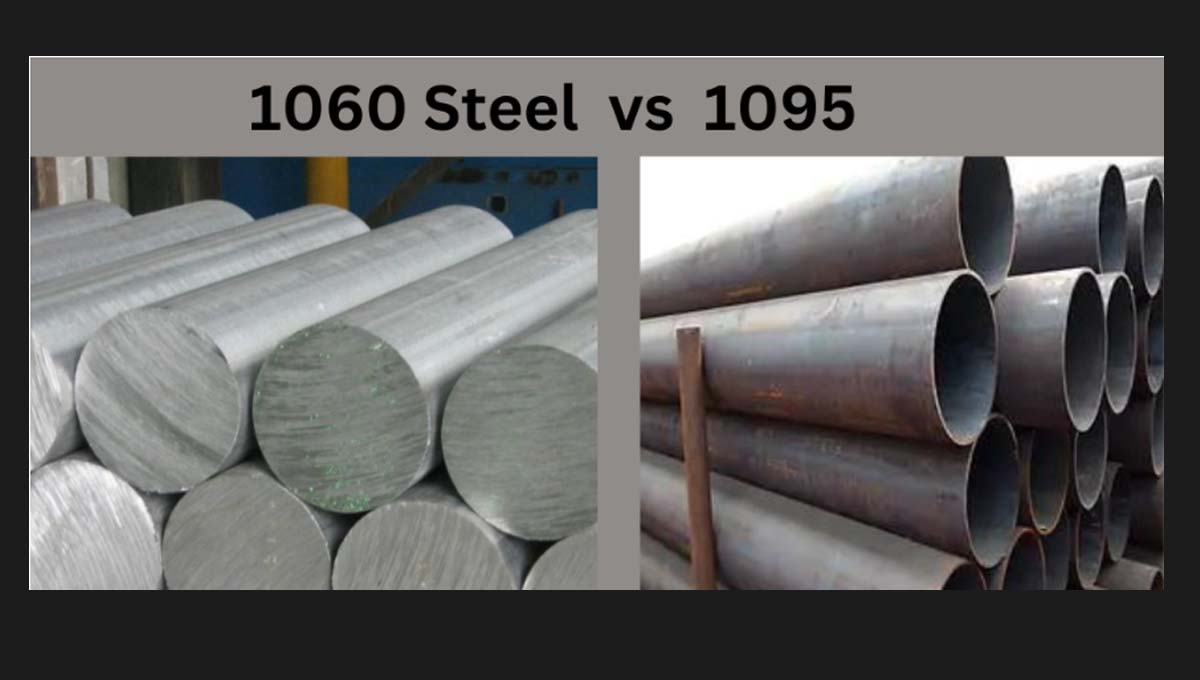1060 high carbon steel < 1095 high carbon steel ?
Certainly, let’s discuss the materials used in the professional production of swords, such as 1060 and 1095 steel, from a specialized perspective. We will also explore their applications in absword, katana, hand-made, and samurai weapons.
1060 steel is a carbon steel with a carbon content of 0.60%, while 1095 steel is another carbon steel with a higher carbon content of 0.95%. In comparison, 1060 steel is relatively softer than 1095 steel, making it more ductile.
1. 1060 Steel:
- Composition: 1060 steel is a high carbon steel typically containing around 0.60% carbon.
- Characteristics: 1060 steel boasts excellent strength and toughness, making it a popular choice for sword making.
- Applications: 1060 steel is commonly used in crafting hand-made swords, especially favored in katana (Japanese sword) production. Its durability and cutting performance make it an ideal material for various sword types.
2. 1095 Steel:
- Composition: 1095 steel has even higher carbon content, usually around 0.90%.
- Characteristics: 1095 steel is exceptionally hard but relatively brittle, requiring precise heat treatment for optimal performance.
- Applications: 1095 steel is frequently employed in samurai weapons like swords, blades, and short swords. It can produce razor-sharp edges but demands highly skilled craftsmen for handling.
3. absword:
- Manufacturing Process: absword is a hand-crafted, high-quality sword typically produced using traditional casting and forging techniques.
- Material Selection: In absword production, choosing the appropriate steel is crucial. Both 1060 and 1095 steel can be used for different types of absword, depending on the maker’s needs and skills.
4. katana:
- Features: Katana is a renowned Japanese sword characterized by its curved, single-edged blade and exquisite craftsmanship.
- Materials: Crafting a katana typically involves using high carbon steel, such as 1060 or 1095, to ensure sharpness and durability of the blade. The edge is usually harder, while the back is softer to provide flexibility.
5. hand-made:
- Handcrafted: Producing high-quality swords often involves artisanal craftsmanship, including forging, folding, heat treatment, and meticulous grinding processes.
- Material Craftsmanship: In hand-made production, craftsmen carefully select and treat steel materials to ensure the quality and performance of the sword.
6. samurai weapons:
- Traditional Armaments: Samurai weapons encompass a variety of arms used by Japanese warriors, including swords, bladed weapons, and spears.
- Material Requirements: These weapons need to remain sharp and durable in combat. Hence, the use of high carbon steel materials like 1060 and 1095 is crucial for crafting high-quality samurai weapons.
In conclusion, sword making requires a deep understanding of both materials and craftsmanship to ensure the final product is both aesthetically pleasing and functional. While 1060 and 1095 steel are common material choices, makers need to make wise decisions based on the type, purpose, and style of the sword they are crafting. Hand-crafted swords, particularly katana and samurai weapons, represent traditional artisanal skills that are highly cherished and passed down. These exquisite swords become prized collectibles among absword enthusiasts.

